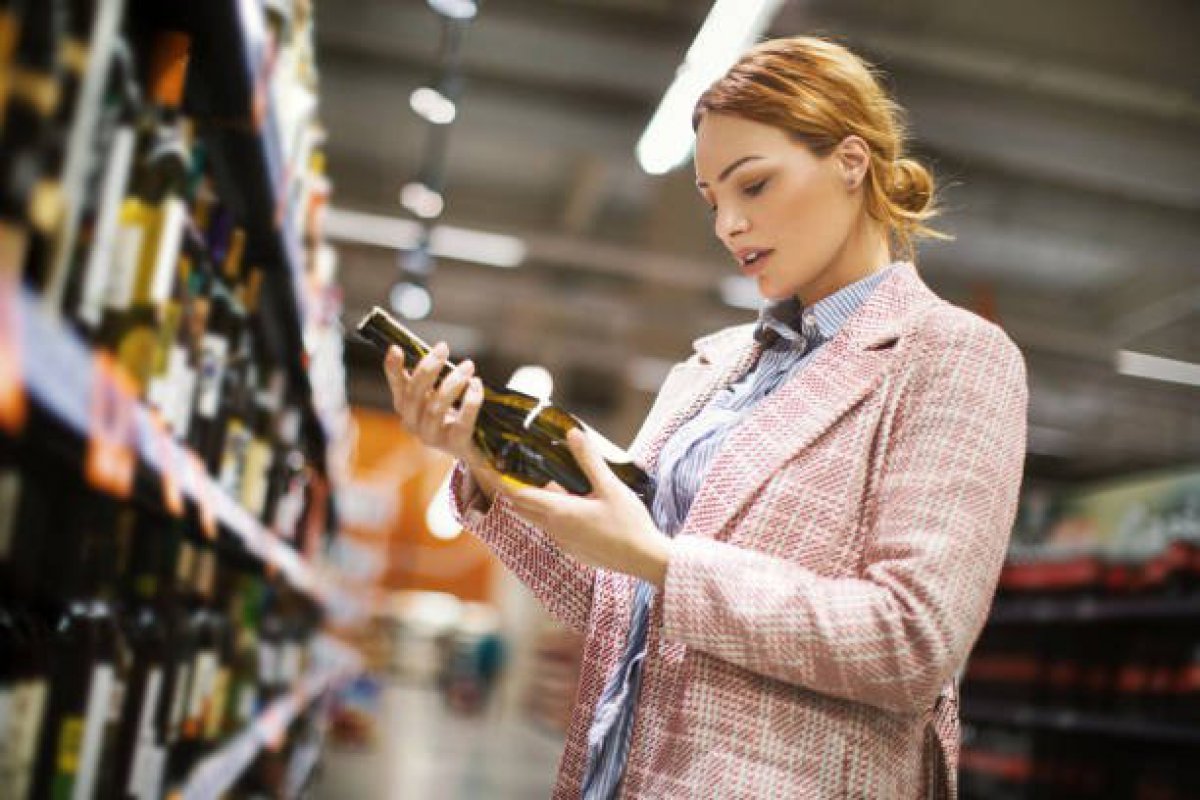
To make sure you have chosen a good wine, you have to be careful: there are many traps!
If unluckily no wine merchant nor producer is used to advice you, the best way is to learn how to read bottle labels. To do so, it’s necessary to know the main wine areas as well as the different grape varieties which are used to blend wines, but also detect marketing tricks. André Brunel offers you a few advices.
To begin, a small terminological point: the information located on the front of the bottle make what we call the label, whereas those located on the back of the bottle make “the back label”.
What should you find on them?
Did you know that “label” “history has started more than 3000 years ago, when Egyptians got used to write information about their wines on the amphoras? We won’t go back so far: labels became widespread in the 18th century, when many mentions started to be mandatory on the bottles.
- Denomination: “AOC“, “AOP“, “IGP“, “Vin de France“ refer to the geographical area of the wine and the rules followed when making it, including the grapes that are used to make it. If “Vins de France” and “IGP” follow more flexible rules, “AOC” and “AOP” (which is same: just the French and European wording) have to respect stricter rules (as an example: the maximum yield per hectare), which strengthens the quality of the wine!
- Information about the bottler: since he is responsible in case of any flaw, its corporate name and address have to be mentioned on the label. Whereas if the wine producer is also the producer, “bottling at the estate” has to be mentioned; but, you understood it, not the name of the producer by itself, that is not mandatory.
- Legal information: they can change in time, according to the new laws and according to countries, of course. Currently, for French wines, we find the volume of alcohol of the wine, the bottle capacity (generally 75 cl.), the mention “contains sulfites”, a warning for pregnant women, a list of allergens and, from late 2023, calories and a list of ingredients.
But some information is not mandatory, whereas it is essential to recognize a good wine! It is: name of the producer, name of the “cuvée”, grape varieties, vintage, classification “premier cru” or “grand cru” for instance, production method (biological, biodynamic, thoughtful treatments), sugar contents (is it a dry of sweet wine?) and the production line, from A to Z, which is a guarantee of quality. Sometimes, the black label proposes a brief text so as to give information concerning aromas, food and wine pairing, and so on.
What to observe to recognize a good wine?
In addition to the mandatory and optional information, you must use your own knowledge.
- The appellations: if you know main French AOC/AOP and IGP, you will be able to identify some types of wine and some quality levels – as the appellation are linked to them, through the terroir and production rules.
- Grape varieties: the more you taste, the more you know them and appreciate the differences between them. So you can choose wines depending on your tastes, thanks to the information you can read on the bottle!
- Vintages: you can develop a small knowledge of great vintages – and of less good ones.
Indications “grand cru” and “premier cru”: they are a guarantee of the quality of the wine. Reading a label is a very subtle task, but you will progress thanks to habit.
Marketing traps
Be careful! Some mentions can be wrong. Actually no law prevent from a storytelling that offers a prestige that a bottle should not have.
- Medals: as a matter of fact, medals don’t mean success. Even if a wine that won a gold or silver medal can be excellent, the quality guarantee is not 100%. Competitions are uneven. Plus, many producers and wines never compete! All is relative and must be put into question.
- The mention “old vineyard”: first of all, this notion changes according to countries. Moreover, it is not controlled by any rule, law or specification.
- The (many) mentions “special cuvée” or “grande cuvée”: again, no rules, no law.
These advices allow you to overview, and your own personal knowledge, built little by little tasting, will help you to know more and more vintages and also to refine your tastes.
For a further help, let’s have a look at these blogs which will complete your knowledge on the subject:
- Ideal wine
- The small cellar
- Vino lovers
- Pascal A blog
- For those who are in the story of labels.
Published : 2023-08-01

